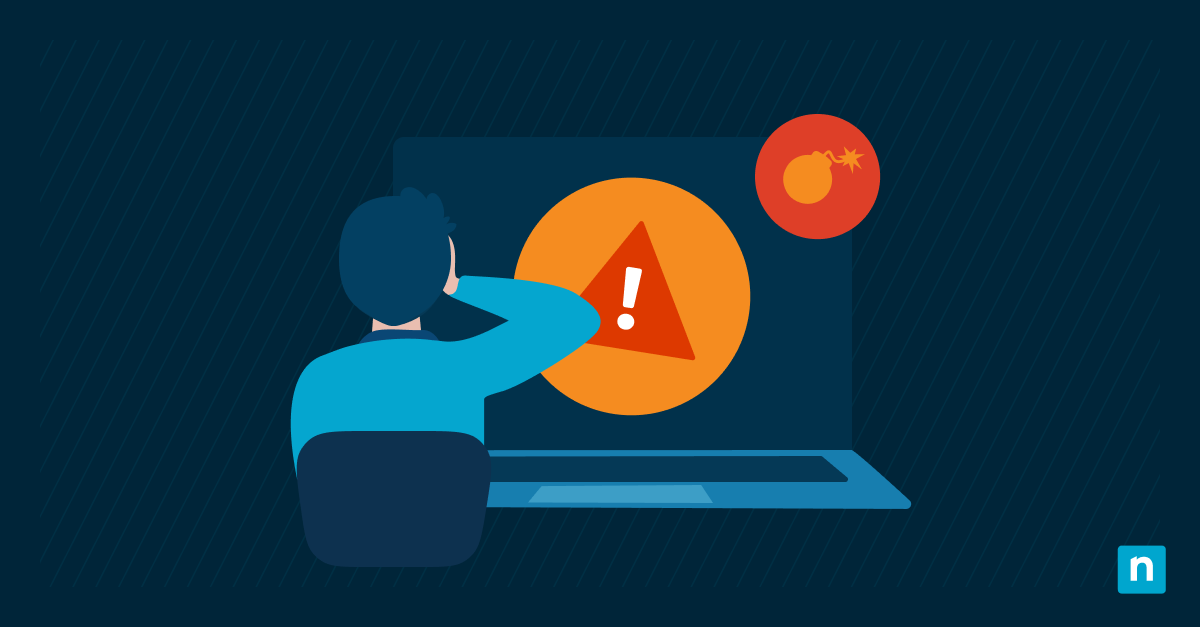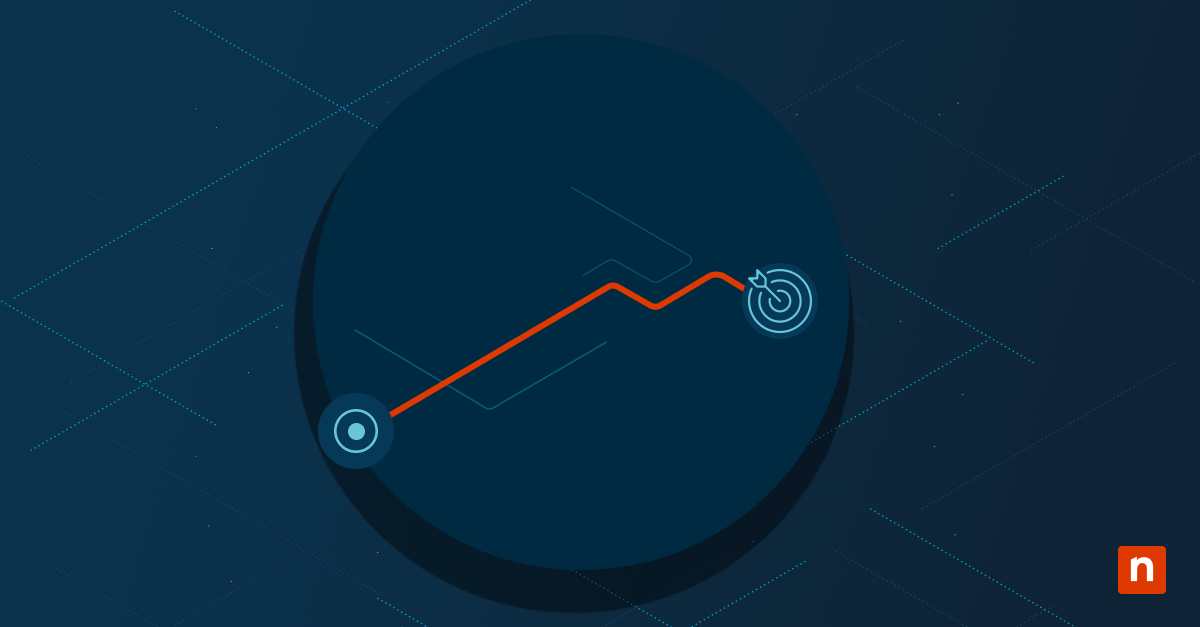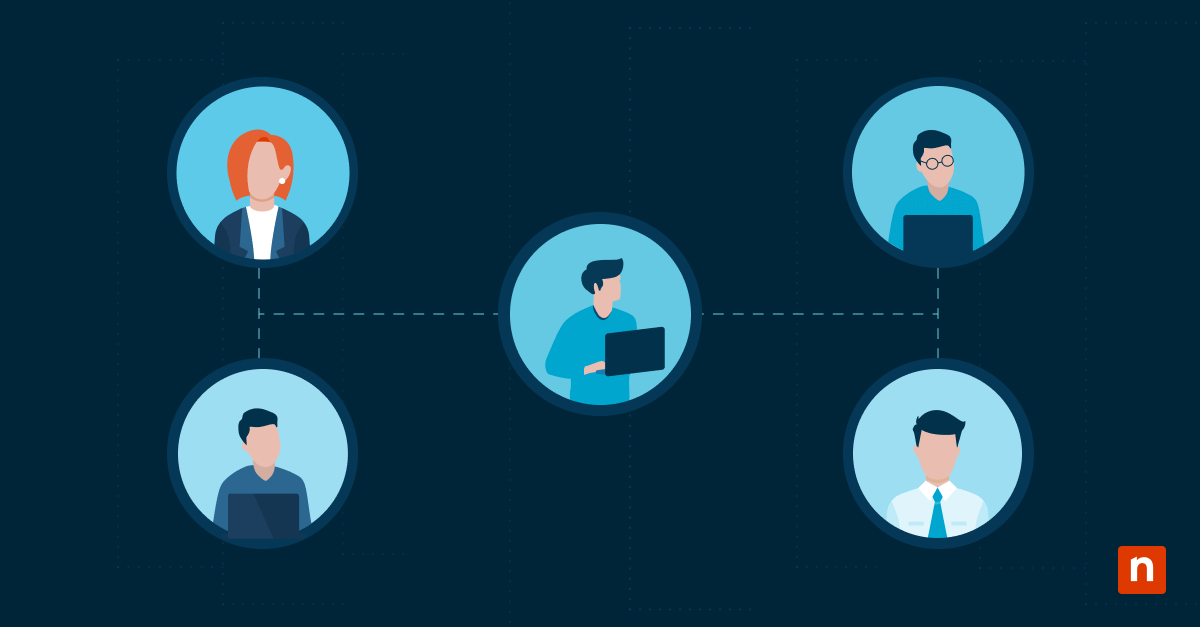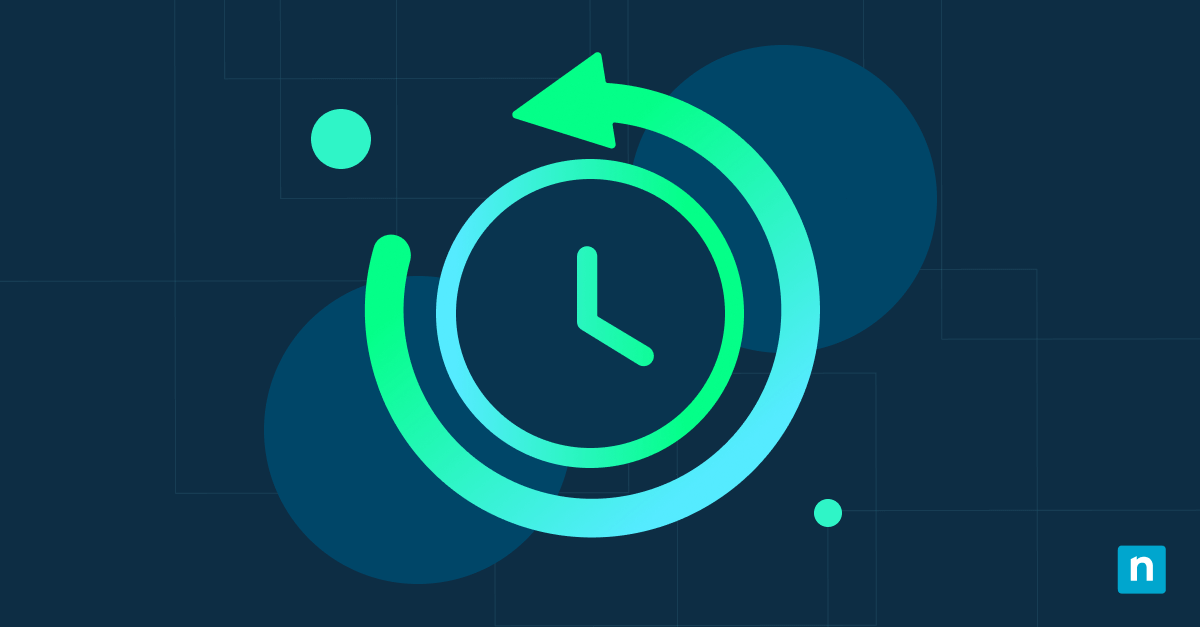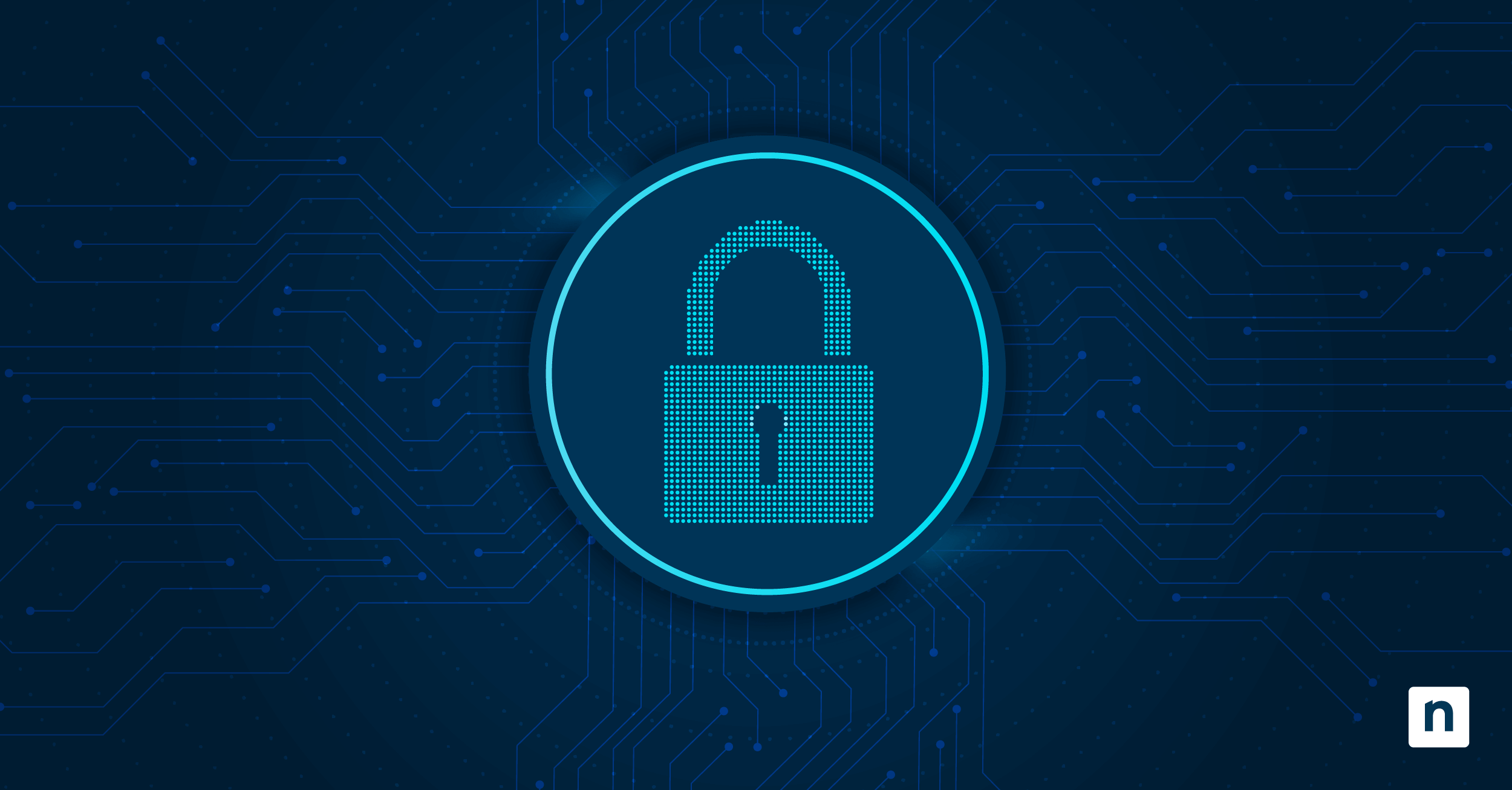As an IT service provider, you’re likely dealing with all you can handle. The good news is that implementing remote management is not one more thing on your to-do list; rather, it’s an essential tool for getting tasks off your list more quickly. This post will provide an overview of remote management solutions, essential components of a good, reliable solution, and remote management best practices that will help you get the most out of your implementation.
Proactivity is essential for IT success, and having good visibility into the environments that you manage is one of the most effective ways to be proactive. Remote management, a software agent that you can install on the devices that you and your team manage, monitors those devices’ health and alerts you to potential issues as they arise. It’s getting more difficult to keep up with IT needs, but if you use remote management software to monitor environments and execute automated tasks, you’ll have more time to focus on more complex projects.
This is not to say that remote management solutions will solve all of your problems. Although remote management can help you streamline your processes, solve problems proactively, and reduce your team’s workload, it has some downsides. You can’t use remote management if your network is down, as that’s what provides the remote connectivity, and remote management solutions are generally provided by a third party. However, by understanding the software and following best practices, you can achieve your IT goals with the help of remote management software with very few challenges.
Remote Management Tools to Consider
With the right remote management tools, you and your team can access and monitor all the endpoints that you manage, regardless of physical location. A remote monitoring and management (RMM) solution enables IT service providers and Managed Service Providers (MSPs) to monitor and access endpoint devices from anywhere in the world. This reduces the need for on-site visits, saving significant time and resources. In addition, RMM software provides users with a centralized dashboard, allowing them to monitor, manage, patch, and secure endpoints.
Both cloud-based and on-premises RMM solutions offer these benefits, but cloud-based RMM software will save you installation time and costs and will likely be more secure overall, while on-premises RMM provides more control over your data. Cloud-based RMM solutions are also ideal for MSPs and IT teams managing diverse and large-scale client environments as they offer increased flexibility and scalability combined with lower and more predictable costs. They also tend to be more reliable and secure. On the other hand, on-premises RMM solutions provide greater control over data, making them a better fit for IT teams managing smaller networks with strict data privacy requirements. However, they require ongoing maintenance and may face reliability challenges over time.
While RMM centralizes IT management tools for your remote endpoints, sometimes end-users might experience issues that need direct intervention on their software to resolve. That’s why integrating remote access software with your RMM platform goes a long way to enhancing your organization’s flexibility and IT efficiency. When remote access is fully integrated into your RMM solution, troubleshooting and remediating issues become faster and more efficient. Technicians can connect to an endpoint immediately and directly from the RMM platform.
NinjaOne RMM and NinjaOne Remote integrate seamlessly, enabling technicians to monitor an endpoint, receive alerts about potential issues, and immediately take remote control for troubleshooting without switching platforms. This level of integration improves productivity and allows IT administrators to remotely manage endpoints smoothly within a single RMM dashboard.
A short video illustrating these vital remote management tools is available here: ‘Remote Management: Meaning and Best Practices’.
Discover how NinjaOne Remote enables IT support to resolve tickets quickly.
Reasons to Enable Remote Management
Remote management reduces operational costs by eliminating the need for technicians to travel on-site while still preventing costly downtime. Instead, IT teams can use remote management tools, like RMM software, to monitor devices, distribute updates, and resolve issues from anywhere in the world. Remote management solutions also allow IT teams and MSPs to proactively detect threats and issues and resolve them before they disrupt operations or lead to data breaches.
Using remote management tools also strengthens an organization’s overall security posture. It gives users comprehensive visibility and control over their entire IT environment. IT administrators can access real-time data to detect suspicious activity or security risks. Users can also remotely deploy patches to address critical vulnerabilities, decreasing their environment’s attack surface.
Essential components of remote management
Finding the right remote management solution for your organization is about more than just whether the solution is based in the cloud or on-premises. You should consider some essential components of a good remote management solution.
Remote monitoring and alerts
To maximize your efficiency, it’s important that a remote management solution provides monitoring and real-time alerting for servers, endpoints, and other devices on the client’s network. As part of monitoring, you should also be able to configure proactive alerts for critical events and system failures. Ideally, your remote monitoring solution will catch issues early, allowing you to fix them before they become problems for the organization.
Remote access and control
Remote management solutions allow users to establish secure remote connections for troubleshooting, configuration, and maintenance. IT technicians can use these features in remote access software to automate basic tasks, prioritize issues, and solve problems remotely.
Patch management and software updates
Any software or device that’s connected to a network is constantly at risk of having software vulnerabilities exploited by hackers. Remote management can help by automating patch deployments and software updates, which keeps you from getting bogged down. Additionally, because patch management can be challenging, remote management solutions have a dashboard for displaying issues to fix and scheduling capabilities to ensure timely application of security patches and bug fixes.
Asset inventory and management
Tracking and managing hardware and software assets is often poorly managed in organizations. Multiple departments often control and track their own devices, making it challenging for the IT team to accurately keep tabs on every device in the environment. Remote management provides a centralized platform for device tracking that relies on automated communication with each device. By implementing IT Asset Management (ITAM) as part of your remote monitoring solution, your team can generate reports on asset inventory, licenses, and warranties. Additionally, they can set up alerts for license and warranty expirations.
Best practices for IT remote management
Remote management solutions provide a number of useful capabilities that can improve your efficiency and quality of services. However, there are some best practices that you can follow that will help keep the environments and networks that you manage operating smoothly.
Network security and access controls
Implement robust security measures for remote connections. Everyone should use strong passwords or passphrases, multi-factor authentication, and private networks. Also, enforce strong authentication protocols and encryption.
Proactive monitoring and maintenance
Your remote monitoring solution allows you to take proactive measures, but to get the most out of it, be sure to set up monitoring thresholds and performance benchmarks. Regular system health checks and maintenance activities are also beneficial.
Integration with IT service management (ITSM)
Align IT remote management with ITSM frameworks and ITIL guidelines to align your organization’s business goals with good IT services. This can help you streamline incidents, change, and problem management. Follow guidelines for comprehensive documentation and disaster recovery plans, so that if a disaster occurs, you can minimize downtime and prevent data or knowledge loss.
Leverage automation tools
Remote management software typically offers IT automation tools that you can use to streamline workflows, consistently keep devices patched, or send alerts based on specific metrics. Automation can handle repetitive tasks so that your IT teams can work on more strategic projects.
Overcoming challenges in IT remote management
As beneficial as remote management is to your ability to provide excellent IT services, there are some challenges associated with it. Fortunately, with a few adjustments and effective user and technician training, you can overcome them.
Bandwidth and latency considerations
Due to its consistent network connection and activity, remote management will consume some of your bandwidth. To solve this issue and mitigate latency, optimize your bandwidth with prioritization, load balancing, or network upgrades.
Compliance and data security
It’s tough to keep a close eye on users if they work from home, but by complying with industry regulations and data protection standards and laws, the organization can safeguard its sensitive data despite the potential attack vectors opened up by remote access capabilities. Teach users and IT technicians about the possible risks of remote access and best practices for data security to minimize the risk of an incident.
Discover why NinjaOne is G2’s #1 choice for remote management.
Optimizing your IT services with remote management
Although setting up your remote management solution can take time and effort initially, the long-term impacts of optimization and effective integration will save you and your team time and resources. By training technicians and users, emphasizing data security, and managing bandwidth use, you can overcome the minor challenges associated with remote management and benefit from it.
Once you have set up your remote management solution, it will enhance your productivity and efficiency through its automated alerts, patch and update management, asset management, and other features. NinjaOne’s powerful, easy-to-use RMM software does all of these things and more, enabling you and your team to communicate easily, monitor all client devices and software from a centralized platform, and automate basic but essential tasks. With its secure, cloud-based infrastructure, NinjaOne’s remote management solution is a highly flexible and scalable option to bring your IT services from good to great.


